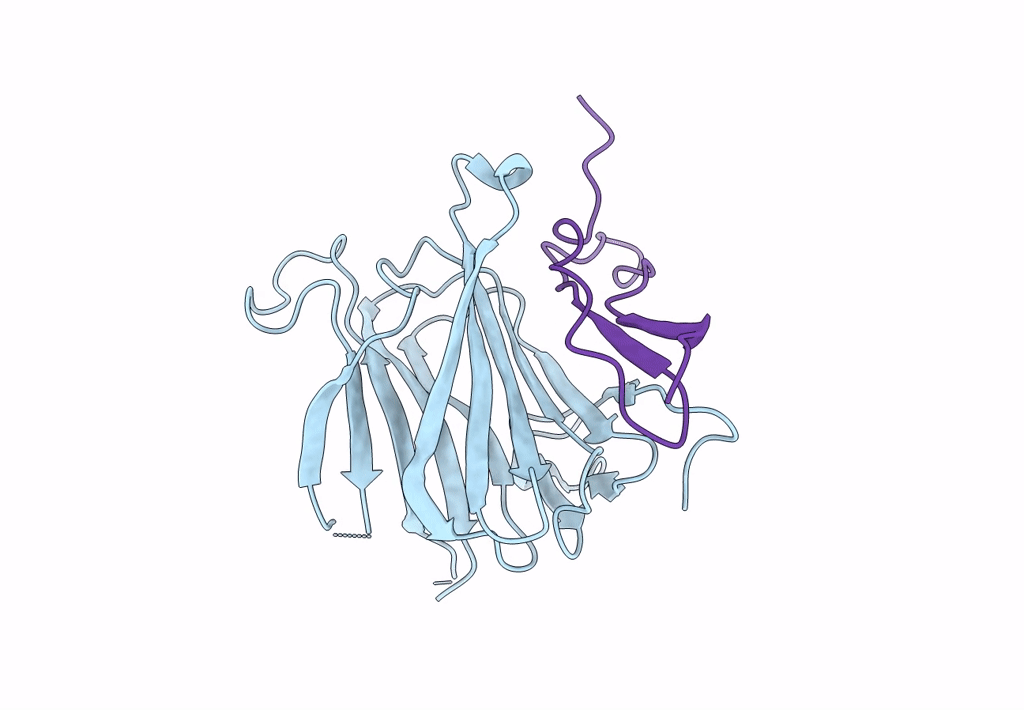
Deposition Date
2023-04-24
Release Date
2023-08-30
Last Version Date
2024-10-16
Entry Detail
PDB ID:
8J64
Keywords:
Title:
Crystal structure of Toxoplasma gondii MIC2-M2AP complex
Biological Source:
Source Organism:
Toxoplasma gondii (Taxon ID: 5811)
Host Organism:
Method Details:
Experimental Method:
Resolution:
2.00 Å
R-Value Free:
0.21
R-Value Work:
0.17
R-Value Observed:
0.17
Space Group:
P 21 21 21


